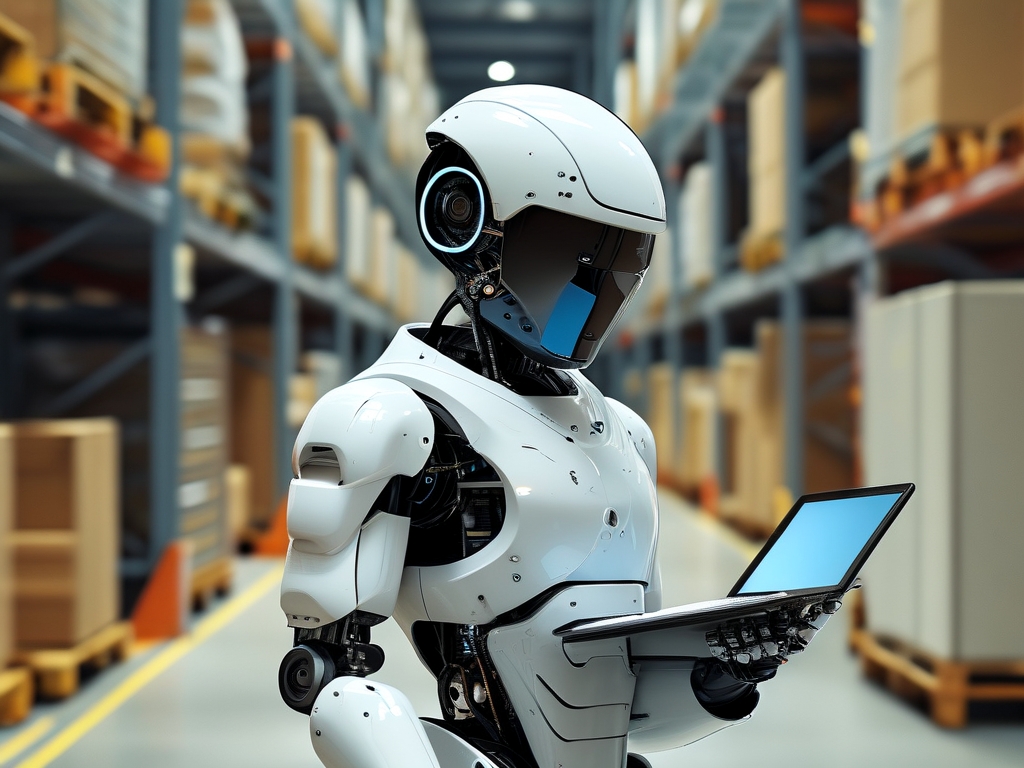The global logistics industry is undergoing a seismic shift, driven by the rapid integration of intelligent logistics technology robots. These advanced machines, powered by artificial intelligence (AI), machine learning, and IoT connectivity, are redefining efficiency, accuracy, and scalability in supply chain operations. From warehouses to last-mile delivery, intelligent robots are no longer a futuristic concept—they are the backbone of modern logistics.

The Evolution of Logistics Automation
Traditional logistics systems relied heavily on manual labor and fragmented processes, leading to delays, errors, and rising costs. The advent of automation introduced conveyor belts and sorting systems, but these solutions lacked adaptability. Enter intelligent logistics robots: autonomous devices capable of real-time decision-making, dynamic routing, and collaborative work with human operators. Equipped with sensors, cameras, and AI algorithms, these robots analyze vast datasets to optimize tasks like inventory management, package sorting, and route planning.
Key Technologies Powering Intelligent Logistics Robots
- AI and Machine Learning: Robots learn from historical data to predict demand fluctuations, optimize storage layouts, and prevent bottlenecks. For example, AI-powered systems in Amazon’s fulfillment centers reduce order processing times by 50%.
- Computer Vision: Cameras and LiDAR enable robots to navigate complex environments, identify objects, and avoid obstacles. Companies like Fetch Robotics deploy vision-guided robots to autonomously transport goods in crowded warehouses.
- IoT Integration: Real-time data exchange between robots, vehicles, and warehouse management systems ensures seamless coordination. DHL’s Smart Warehouse uses IoT-enabled robots to track inventory with 99.9% accuracy.
- Collaborative Robotics (Cobots): Unlike traditional industrial robots, cobots work alongside humans. Swisslog’s CarryPick system, for instance, allows robots to retrieve shelves and deliver them to human pickers, boosting productivity by 30%.
Applications Across the Supply Chain
- Warehouse Automation: Intelligent robots like Alibaba’s Quicktron handle 70% of warehouse tasks, including picking, packing, and restocking. They operate 24/7, reducing human error and labor costs.
- Autonomous Delivery Vehicles: Companies like Starship Technologies deploy sidewalk robots for contactless last-mile delivery, slashing delivery times and carbon emissions.
- Port and Airport Logistics: ABB’s robotic cranes and autonomous guided vehicles (AGVs) streamline container handling, cutting turnaround times by 40% at major ports like Singapore’s PSA.
Economic and Environmental Impact
Intelligent logistics robots are not just about speed—they also drive sustainability. By optimizing routes and reducing fuel consumption, companies like UPS have reported a 10% drop in carbon emissions. Additionally, labor-intensive tasks shifted to robots allow human workers to focus on strategic roles, fostering job upskilling.
Challenges and Ethical Considerations
Despite their benefits, challenges remain. High upfront costs and technical complexity hinder small businesses from adopting these technologies. Cybersecurity risks also loom large, as interconnected systems become targets for hacking. Moreover, the displacement of low-skilled workers raises ethical questions. Governments and corporations must collaborate on reskilling programs to mitigate workforce disruptions.
The Future: Hyperautomation and Human-Robot Synergy
The next frontier is hyperautomation, where AI, robotics, and 5G converge to create self-healing supply chains. Imagine robots that predict equipment failures or reroute shipments during natural disasters. Companies like Ocado are already testing swarm robotics, where hundreds of robots collaborate in a single warehouse. Meanwhile, advancements in soft robotics promise safer human-robot interactions.
Intelligent logistics technology robots are not merely tools—they are catalysts for a smarter, greener, and more resilient global economy. As adoption accelerates, businesses must balance innovation with ethical responsibility, ensuring that this robotic revolution benefits all stakeholders. The future of logistics is here, and it is intelligent, adaptive, and unstoppable.

